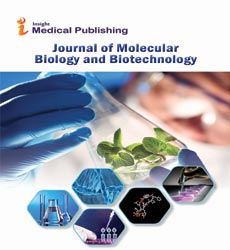The genes content of S. aureus strains responsible for hospital and community-acquired infections
Lia Monica Junie
University of Medicine and Pharmacy, Romania
Received date: 2022-01-03 | Accepted date: 2022-01-06 | Published date: 2022-01-28
Abstract
Hematopoietic stem MRSA strains were identified after the introduction of methicillin in therapy. Methicillin resistance is due to the acquisition of the mecA gene, which encodes PBP2a. Methicillin resistant S. aureus (MRSA) is responsible for hospital (HA-MRSA) and community-acquired infections (CA-MRSA). Toxic-shock syndrome toxin (TSST), enterotoxins (SE), exfoliatins (Ets), Panton-Valentine leukocidin (PVL) are SA pathogenicity factors. The genes for the stapylococal enterotoxins, are placed on the egc locus and are controlled by the agr regulatory genes. The purpose of our study was to investigate the genes presence (tsst, PVL, agr, SEM & SEG) among the SA isolates; to establish the prevalence of these genes, to identify the resistant phenotypes and their correlation. Materials and methods: The study included clinical isolates. The identification and the AB resistance profiles of the strains were performed by standard and automated methods (Vitek2 Compact). The genes content of the isolated strains were detected by PCR. Results: In 21,3% of the strains the genes per isolate were up to 5 and in 27,7% were 2; The tsst gene was not detected. The gene contents was: SEM & SEG (44,7%), PVL (19.1%) and agr (48,9%): agr III (27,7%), agr I (10,6%), II (6,4%) and IV (2,1% ). All arg positive strains are MRSA strains.
Open Access Journals
- Aquaculture & Veterinary Science
- Chemistry & Chemical Sciences
- Clinical Sciences
- Engineering
- General Science
- Genetics & Molecular Biology
- Health Care & Nursing
- Immunology & Microbiology
- Materials Science
- Mathematics & Physics
- Medical Sciences
- Neurology & Psychiatry
- Oncology & Cancer Science
- Pharmaceutical Sciences
